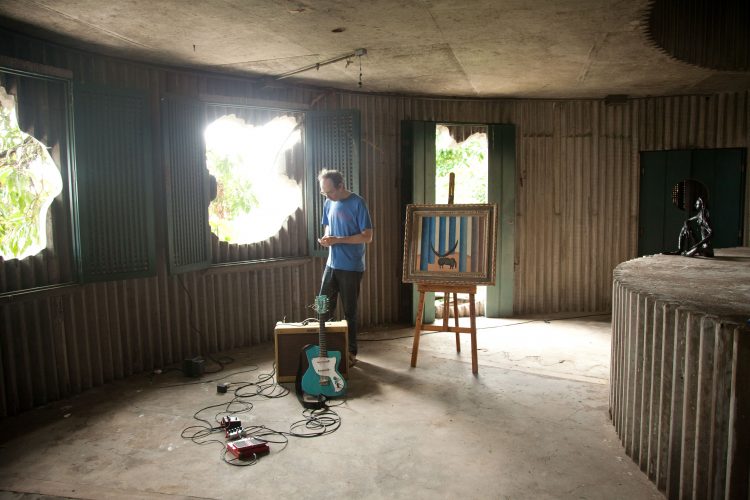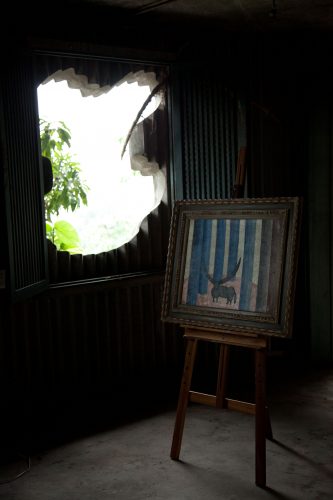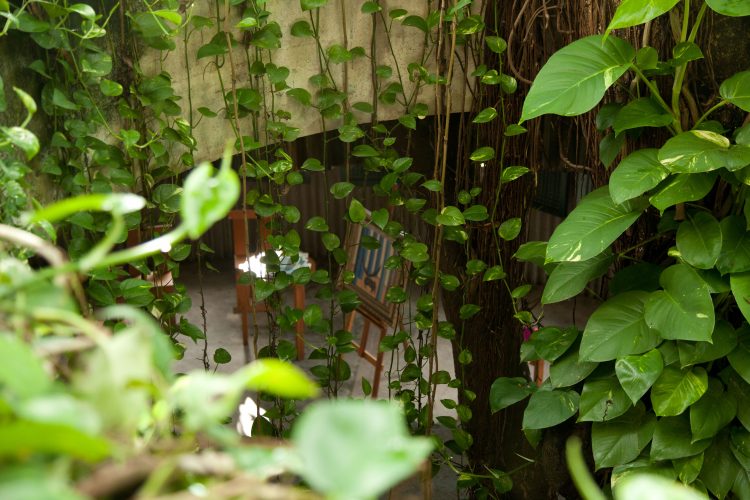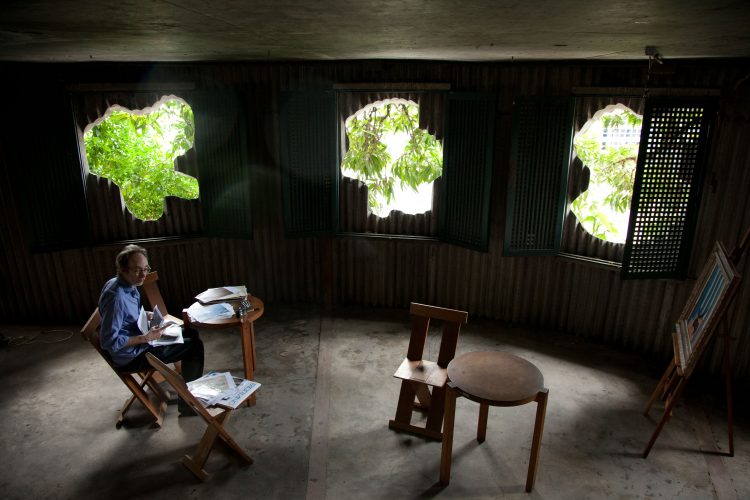







Luca Frei, born 1976 in Lugano, Switzerland, lives and works in Malmö, Sweden. His work, which includes a wide range of media such as drawing, collage, painting, installation, performance, video, and photography, often develops in response to a specific context in the form of architectural interventions, narrative environments or exhibition structures that invite public participation and dialogue. His consistent thematic preoccupations encompass the measurement of time, the relationship between the body and architecture, as well as the juxtaposition of private and public spaces.
“It has been great to be able to be at Capacite and be part of it, you should be proud of what you have accomplished in these 20 years!! Many challenges of course, but what a great experience this has been for so many people!”
I am currently based in Berlin and organize curatorial projects here and abroad independently.
“Before Capacete I sporadically had contact with the art world already, but had no further interest to work in the arts professionally. That changed after my time in Rio de Janeiro. I organized an exhibition with the support of Helmut in Lidice and started to work as an assistant for Daniel Steegmann Mangrané. The numerous encounters with artists, curators and theorists from all over the world continuously shaped my interest in a more complex and critical approach to understand the world we live in. I remain grateful for the 3 years that I accompanied Capacete’s activities and I am extremely happy for all the dear friends that I made during that time. Obrigado a todxs”
[gview file=”http://capacete.org/wp-content/uploads/2014/03/CAPACETE20ANOS-PAGINAS-bik.pdf”]
….
Bik Van Der Pol. is the artists duo Liesbeth Bik (born 1959) and Jos van der Pol (born 1961) who work together since 1994 as conceptual artists and installation artists.
[ess_grid alias=”Galeria de foto” layers='{“custom-image”:{“00″:”3667″,”01″:”3665”,”02":”3663″,”03″:”3661″,”04″:”3659″},”custom-type”:{“00″:”image”,”01″:”image”,”02″:"image”,”03″:”image”,”04″:”image”},”use-skin”:{“00″:”-1″,”01″:”-1″,”02″:”-1″,”03":”-1″,”04″:”-1″}}’][/ess_grid]
“Paraíso Ocupado is a reconstruction of a failed modernist plan for an urban center located in the West zone of Rio de Janeiro. This plan, designed by Oscar Niemeyer, was officially approved in 1970 and served as inspiration for Lúcio Costa’s Pilot Plan for the greater region. All the documents in the exhibition are part of an abandoned archive found in the ruin of one of the three actually constructed circular towers. A website with the digitalized documents was launched with the exhibition, so the material became accessible to the public. This precedes the ultimate objective of Paraíso Ocupado: the establishment of a museum concerned with the urbanization history of Barra da Tijuca.”
JOÃO MODÉ, lives and works at Rio de Janeiro, Brazil. His work is marked by a plural notion of languages and areas of expertise. He works mainly with video, photographs, installations, actions with public participation and interventions in architectural spaces. He has a degree in Architecture and Visual Programming and a Masters in Visual Languages from the UFRJ – Rio de Janeiro. Some of his works feature in the collections: MAM SP; MAM Rio ; Pinacoteca do Estado de São Paulo and Frac Bretagne , France .
“I teach at UFMG since 2002. In 2018 I will be living in Geneva, in a sabbatical leave. The making of my book was supported by Helmut, who followed up the construction, supportingly, until the end. The research was done for over a year in Geneva, and it is presented in the introduction of the book itself: it is a project of translation, that later developed in an exhibition in São Paulo, where the book played a main role. The work was done away from Rio and somewhat autonomously from Capacete’s space, and I came to Rio to launch it and later do debate about it. There was a nice engagement/ debate after the presentation and it was of course, pleasant as usual, with great culinary, thought especially for the day. I am thankful to Helmut, to have supported such adventurous enterprise, which involved a long production. The book came out as part of the series Livro para…”